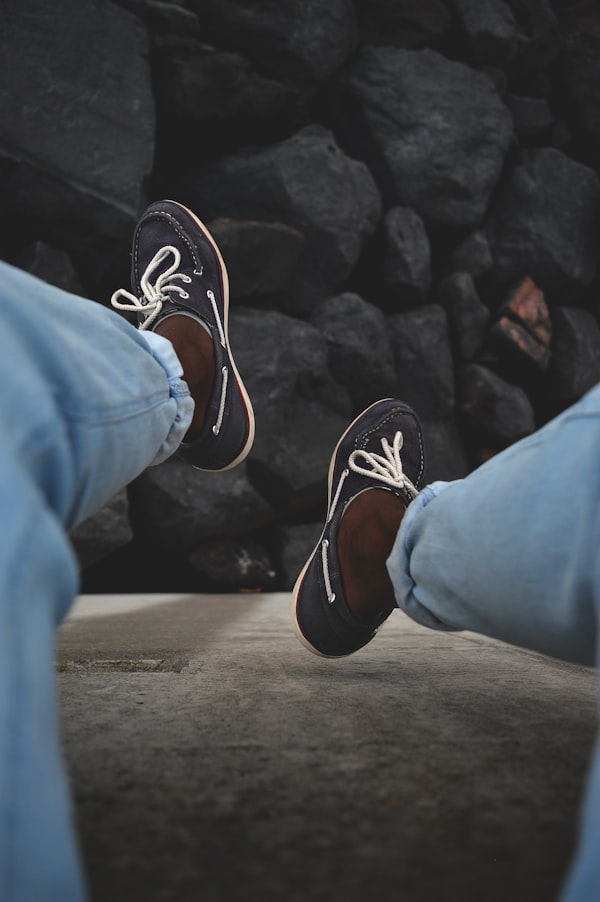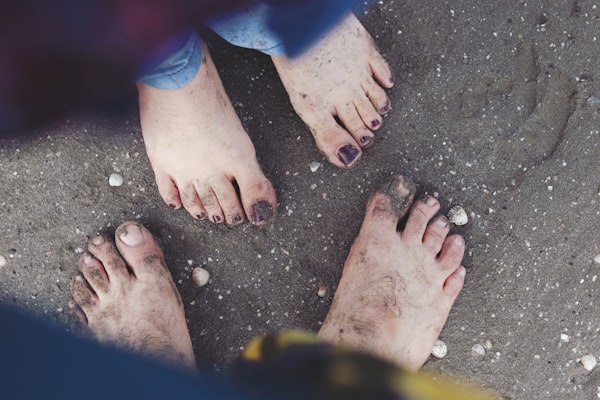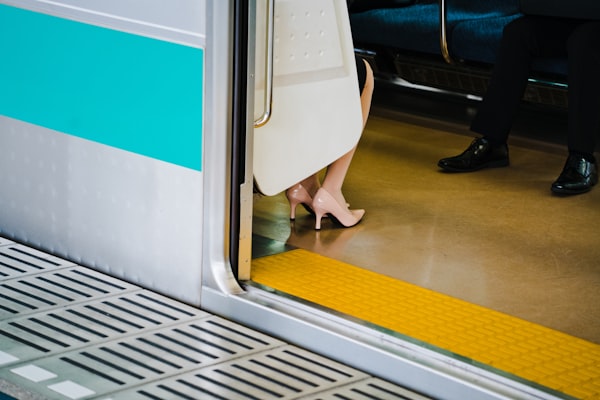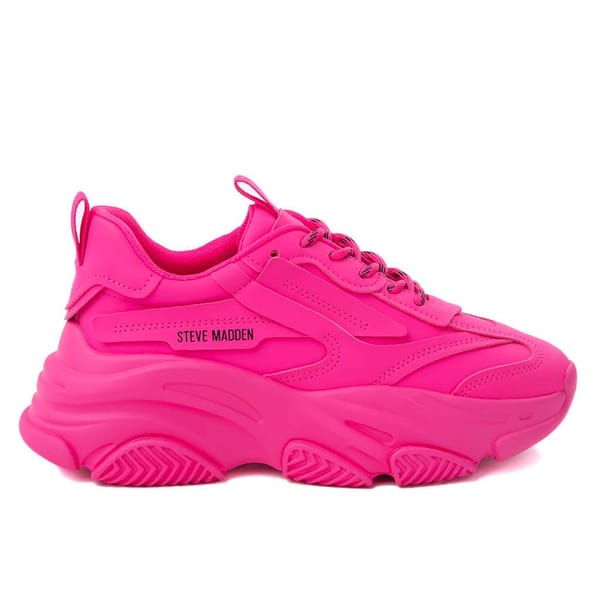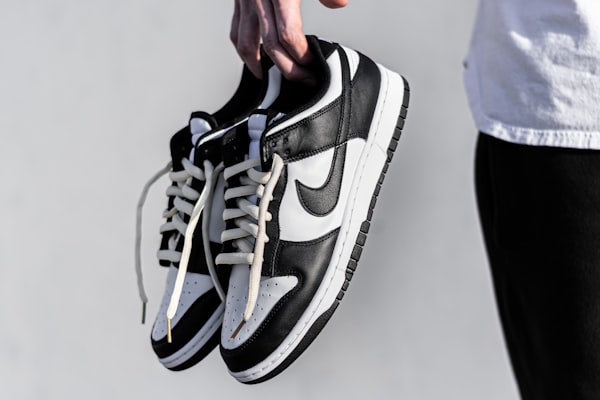Are you tired of spending a fortune on pointe shoes that don't quite fit or wear out too quickly? Are you ready to take matters into your own hands and sew your own perfect pair of pointe shoes?
Well, you're in the right place! Today we take you through the ins and outs of sewing your own pointe shoes. From selecting the right materials to stitching them together, we've got you covered.
Imagine the satisfaction of dancing on pointe in shoes that are not only a perfect fit but also made by your own hands. No more blisters, no more pain, just pure blissful dancing!
So grab your needle and thread, and let's get started on your journey to perfectly sewn pointe shoes!
Why Don't Pointe Shoes Come with Their Ribbons and Elastics Pre-Attached?
You've just gotten your brand new pointe shoes, and you're ready to take on the world... except for one small problem: the ribbons and elastics aren't attached. You might think, "Why can't they just come pre-attached like any other shoe?" Although it may seem counterintuitive at first, there are several reasons why pointe shoes don't come with pre-attached ribbons and elastics. Once you understand these reasons, it will all start to make sense.
- Customization: Different dancers prefer their ribbons and elastics to be attached in slightly different ways. By not pre-attaching them, the dancer can customize the placement and tightness of the ribbons and elastics to their liking.
- Fit: Ribbons and elastics can affect the fit of the pointe shoe, so by not pre-attaching them, the dancer can adjust the shoe's fit as needed.
- Durability: Attaching the ribbons and elastics to the shoe is a delicate process that requires precise stitching. If the ribbons and elastics were pre-attached, they could be easily damaged during transportation or storage, leading to a shorter lifespan for the shoe.
Overall, the decision not to pre-attach ribbons and elastics to pointe shoes is made to allow for customization, ensure the best possible fit, and maintain the shoe's durability. While it may seem daunting for a beginner to sew on their own ribbons and elastics, starting on the right foot is essential - with the best fit possible. Taking the time to properly attach ribbons and elastics to your pointe shoes can make all the difference in how the shoes feel and perform.
Step 1: Gather Your Materials
Gathering all the necessary materials before beginning your pointe shoe sewing project will ensure you have everything you need to create a secure and comfortable fit. Here's what you'll need:
- Sewing Thread: Strong, durable thread is essential for sewing ribbons and elastics onto your pointe shoes. Nylon or polyester thread is recommended for its strength and durability.
- Sewing Needles: Size 7 or 8 sewing needles are recommended for sewing the ribbons and elastics onto your pointe shoes. These needles are small enough to make precise stitches but strong enough to handle the rigors of pointe work.
- Scissors: You'll need a pair of sharp scissors to cut your elastic and ribbon to the proper length.
- Elastic: Elastic is used to secure the pointe shoes to the dancer's foot. Choosing elastic that is the appropriate width and strength for your needs is vital.
- Satin Ribbon: Satin ribbon is used to tie the pointe shoes securely around the dancer's ankle. Choosing a ribbon with the correct width and color is essential.
- Measuring Tape or Ruler: Measuring tape or a ruler is essential for measuring the length of elastic and ribbon needed for each shoe.
Step 2: Prep Your Shoes
Before you begin sewing on the ribbons and elastics, preparing the pointe shoes properly is essential. First, remove any packaging or paper from inside the shoes. Then, use a damp cloth or sponge to wipe down the inside and outside of the shoes, removing any dust or debris. Finally, bend the shank (the stiff sole of the shoe) to loosen it up and make it easier to work with.
Step 3: Determine the Ribbon Placement
Now we need to determine the correct placement of the ribbons. To do this, put the shoes on your feet and tie a ribbon around each ankle, noting where it intersects with the shoe.
How do I get the most accurate ribbon placement?
- When tying the ribbon around your ankle, ensure it's snug but not too tight. For example, you want it to stay in place while dancing but not be so tight that it cuts off circulation.
- Consider wearing your pointe shoe padding or other foot protection when marking the intersection point with the ribbon. This will ensure that you get an accurate placement even with padding on.
- Use a non-permanent marker or chalk to mark the intersection point on the shoe in case you need to make adjustments later. If you use a permanent marker, it may be difficult to remove the marks if you need to make changes to the placement.
- Take your time and double-check your placement before making any marks on the shoe. Getting it right the first time is essential to avoid having to start over or make adjustments later on.
Use a piece of chalk or a fabric marker to mark the intersection points on each shoe. These points will serve as the starting and ending points for your ribbon stitching.
Step 4: Determine the Elastic Placement
Next, let's determine the correct placement of the elastics. Put the shoes back on your feet and tie a piece of elastic around the arch of each foot. Again make note of where it intersects with the shoe.
How do I get the most accurate elastic placement?
- When tying the elastic around your foot's arch, ensure it's snug but not too tight. You want it to provide support without restricting movement or causing discomfort.
- Consider wearing your pointe shoe padding or other foot protection when marking the intersection point with the elastic. This will ensure that you get an accurate placement even with padding on.
- Use a non-permanent marker or chalk to mark the intersection point on the shoe in case you need to make adjustments later. If you use a permanent marker, it may be difficult to remove the marks if you need to make changes to the placement.
- Take your time and double-check your placement before making any marks on the shoe. It's important to get it right the first time to avoid having to start over or make adjustments later on.
- Make sure the elastic is placed in a comfortable position on your foot. It should provide support without rubbing or chafing against your skin. Ask a dance teacher or experienced dancer for advice if you're unsure about the placement.
Use a piece of chalk or a fabric marker to mark the intersection points on the shoes. These points will serve as the starting and ending points for your elastic stitching.
Step 5: Cut the Ribbons and Elastics to Length
Use your measuring tape or ruler to measure the length of ribbon and elastic needed for each shoe. Then, cut the ribbon and elastic to the proper length, adding a few inches for tying and adjusting. Finally, create a loop at the end of each ribbon and elastic and secure it with a knot. These loops will be used to attach the ribbons and elastics to the shoes.
Step 6: Attach the Ribbons and Elastics
Start by threading the needle with about 30 inches of your chosen thread. Line up the ends of the thread and tie an overhand knot roughly 6 inches from the tails/ends. Attach the thread to the shoe, just outside where you marked for placement, by taking a tiny stitch with your needle. To secure the thread, loop your needle between the two threads near your knot/tails and pull tight.
Begin sewing the ribbon/elastic onto the shoe using tiny, tight stitches. The stitches should go through both the ribbon (or elastic) and the shoe's fabric but not through the shank of the shoe. Sew all the way across the ribbon/elastic and end with a final stitch just outside of where you marked for placement (this stitch will be made in just the shoe fabric).
Now return to where you started by stitching back over the path you just stitched (going in the opposite direction). This is called a backstitch, which should end near your starting tail.
Cut the long tail with the needle on it to the same length as your starting tail (roughly 6 inches). Knot the two tails together several times and trim the excess thread.
Troubleshooting Common Problems
Before you head to the barre, let's address some common issues that may arise while wearing pointe shoes. Addressed head-on, you can be better prepared to handle any challenges that come your way and dance en pointe with greater confidence and comfort.
- Blisters: Blisters are a common problem for dancers, especially when breaking in new pointe shoes. To prevent blisters, ensure your shoes are properly fitted and use padding or toe tape to protect your toes and heels. Additionally, consider using a blister prevention product, such as moleskin or blister pads, to reduce friction and prevent blisters from forming.
- Shoes Not Fitting Properly: If your pointe shoes aren't fitting correctly, it can affect your dancing and lead to discomfort or even injury. If you're experiencing fit issues, consider getting a professional fitting at a dance store or working with an experienced dance teacher to determine the correct size and style for your feet. Additionally, ensure you're correctly breaking in your shoes and using the right padding and support to ensure a comfortable and secure fit.
- Shoe Not Holding up Over Time: Pointe shoes can wear down and lose their shape and support, affecting your dancing and increasing the risk of injury. To prolong the life of your pointe shoes, ensure you properly care for and store them when not in use. Additionally, consider rotating between multiple pairs of shoes to give each pair time to rest and recover between uses. Finally, if you notice any signs of wear or tear, such as holes or fraying stitches, it's crucial to replace your pointe shoes as soon as possible to avoid injury.
Taking proper care of your shoes and addressing any issues promptly can prolong their life and stay safe while dancing en pointe. So, keep these solutions in mind and let nothing stop you from reaching your full potential as a dancer.
Tips from Our Editors
- When preparing your pointe shoes, it's essential to ensure they fit correctly. A properly fitting pointe shoe should feel snug and secure, with no extra space inside the shoe. The toes should be pointed but not crunched or squished. To achieve the best fit, consider getting a professional fitting at a dance store or working with an experienced dance teacher to determine the correct size and style for your feet.
- Proper storage is essential for maintaining the shape and durability of pointe shoes. When not in use, store your pointe shoes in a breathable bag or container to prevent moisture buildup and keep them safe from damage. Avoid leaving them in direct sunlight or extreme temperatures.
- Be sure to clean your pointe shoes regularly, using a damp cloth or sponge to wipe down the inside and outside of the shoes.


On a Final Note
Sewing your pointe shoes may seem daunting, but it's worth the effort.
Not only will you have shoes that fit perfectly and are made to your exact specifications, but you'll also be satisfied knowing that you customized them yourself.
So what are you waiting for? Get stitching and get ready to dance on pointe like a pro!
Related Articles








